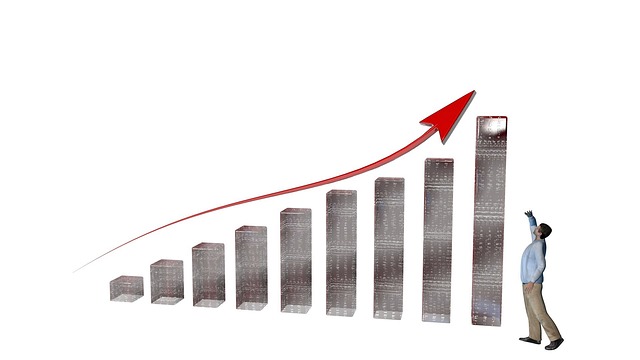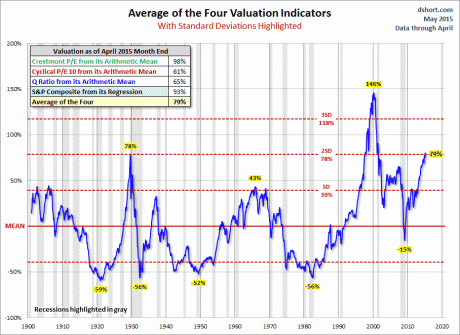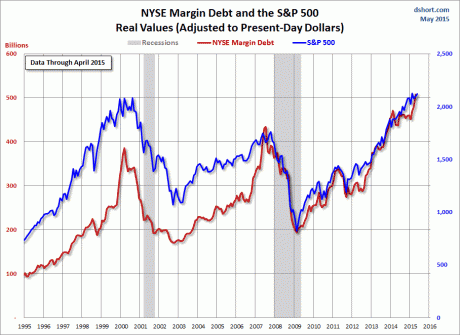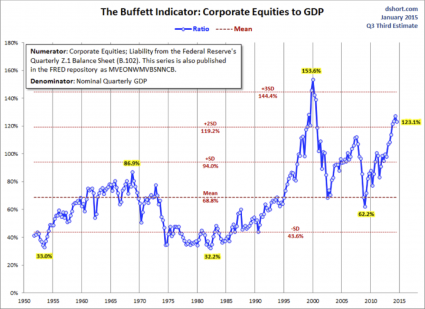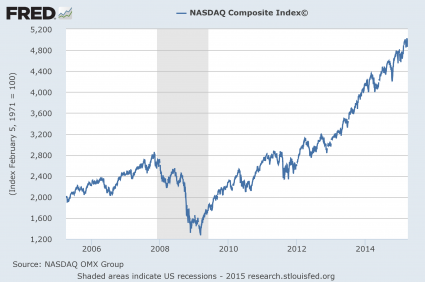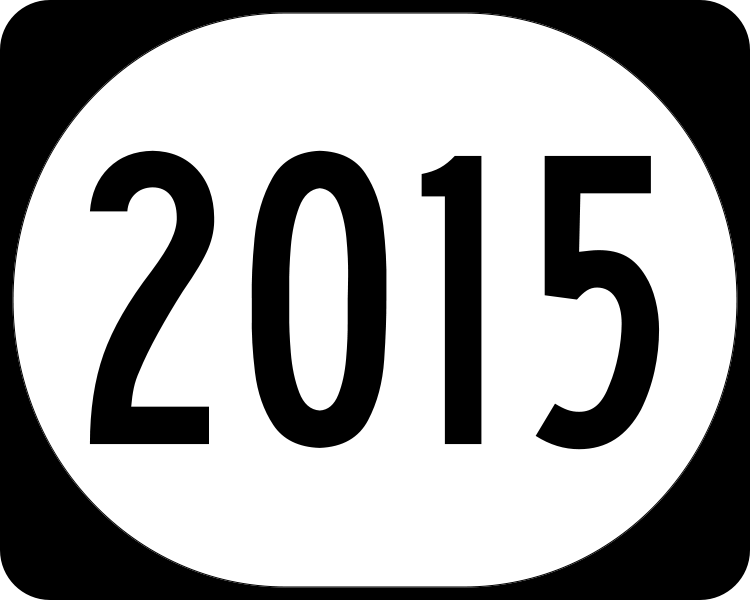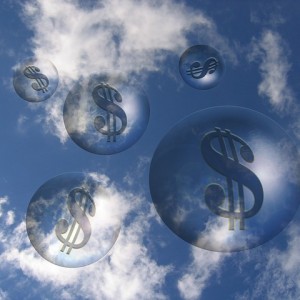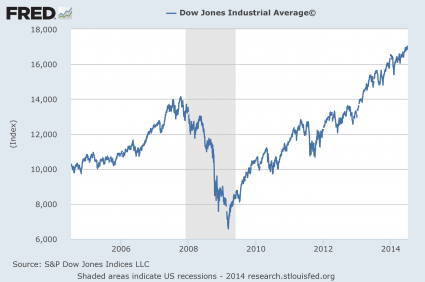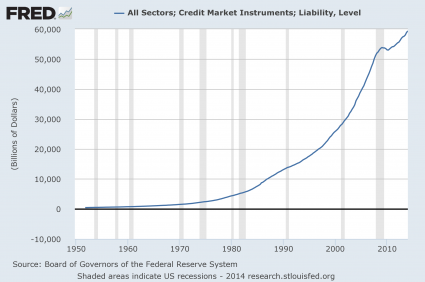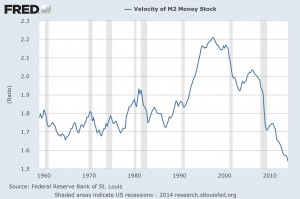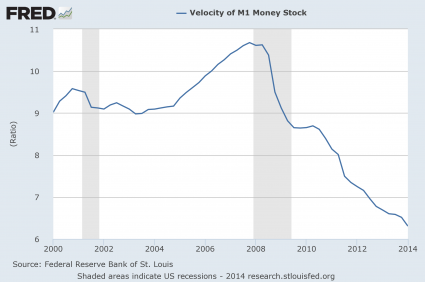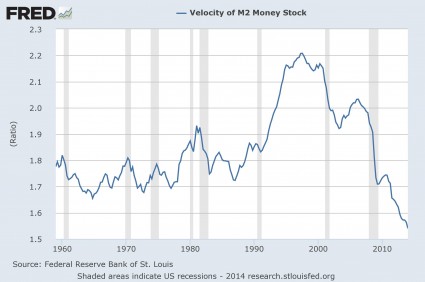 Do you remember how much stocks went down when the first dot-com bubble burst? Well, it is happening again, and tech stocks are already down more than half a trillion dollars since the middle of 2015. On Friday, the tech-heavy Nasdaq dropped to its lowest level in more than 15 months, and it has now fallen more than 16 percent from the peak of the market. But of course some of the biggest names have fallen much more than that. Netflix is down 37 percent, Yahoo is down 39 percent, LinkedIn is down 60 percent, and Twitter is down more than 70 percent. If you go back through my previous articles, you will find that I specifically warned about Twitter again and again. Irrational financial bubbles like this always burst eventually, and many investors that got in at the very top are now losing extraordinary amounts of money.
Do you remember how much stocks went down when the first dot-com bubble burst? Well, it is happening again, and tech stocks are already down more than half a trillion dollars since the middle of 2015. On Friday, the tech-heavy Nasdaq dropped to its lowest level in more than 15 months, and it has now fallen more than 16 percent from the peak of the market. But of course some of the biggest names have fallen much more than that. Netflix is down 37 percent, Yahoo is down 39 percent, LinkedIn is down 60 percent, and Twitter is down more than 70 percent. If you go back through my previous articles, you will find that I specifically warned about Twitter again and again. Irrational financial bubbles like this always burst eventually, and many investors that got in at the very top are now losing extraordinary amounts of money.
On Friday, tech stocks got absolutely slammed as the bursting of dot-com bubble 2.0 accelerated once again. The following is how CNBC summarized the carnage…
The Nasdaq composite fell 3.25 percent, as Apple and the iShares Nasdaq Biotechnology ETF (IBB) dropped 2.67 percent and 3.19 percent, respectively.
Also weighing on the index were Amazon and Facebook, which closed down 6.36 percent and 5.81 percent, respectively.
LinkedIn shares also tanked 43.63 percent after posting weak guidance on their quarterly results.
Overall, LinkedIn is now down a total of 60 percent from the peak of the market. But they are far from the only ones that have already seen their bubble burst.
Many of the biggest names in the tech world have gotten mercilessly hammered over the past six months of so. Just look at some of the famous brands that have already lost between 20 and 40 percent of their market caps…
Yahoo (YHOO) shares are off 39%, and Netflix (NFLX), the best-performing stock in the S&P 500 last year, is now off by 37% from its 52-week high.
Likewise, Priceline.com (PCLN) is off 31% and eBay (EBAY), 22%.
But there are other very big tech companies that have seen stock collapses that completely dwarf those numbers. Here are some more absolutely stunning statistics from USA Today…
Twitter and Groupon are the biggest dogs of this boom, both off 70% from 52-week highs and well below their IPO prices.
FitBit shares have collapsed 70%, while Yelp’s valuation has shrunk by two-thirds.
Box, which has the distinction of posting quarterly net losses in excess of revenue, is down by half.
Match.com, the holding company for dating sites owned by parent Interactive Corp. that went public late last year, is down 39% from its high.
When your stock loses 70 percent of its value, that is a complete and utter collapse.
In the past, I have specifically singled out Twitter, Yelp and LinkedIn as tech stocks that were irrationally priced.
Hopefully people listened to those warnings and got out while the getting was good.
At the top of this article, I mentioned that tech stocks have already fallen in value by more than 500 billion dollars. The financial crisis that began in the middle of last year is now greatly accelerating, and Wall Street is starting to panic.
As stocks crash, many hedge funds are being absolutely pummeled. The following are just a few of the high profile names that are experiencing massive losses right now…
Some of the biggest names to get trounced include:
►Pershing Square Capital Management, the publicly traded investment vehicle of billionaire hedgie Bill Ackman, fell 11% last month following a 20% decline last year, data from the web site shows.
►Larry Robbins’ Glenview Capital, famous for picking stocks that could benefit from Obamacare, dropped 13.65% in January following a decline of 18% last year, according to data from HSBC’s Hedge Weekly report, a copy of which was obtained by USA TODAY.
►Marcato International, a well-known activist fund run by Ackman protege Mick McGuire, fell 12.1% last month following a 9% loss last year, according to HSBC.
When you lose more than 10 percent of your money in a single month, that is not good.
And if I am right, this is just the beginning of our troubles.
And of course I am far from the only one warning that big problems are on the horizon. In fact, analysts at Citigroup just made international headlines by warning that the global economy was now trapped in a “death spiral”…
Some analysts — including those at Citi — have turned bearish on the world economy this year, following an equity rout in January and weaker economic data out of China and the U.S.
“The world appears to be trapped in a circular reference death spiral,” Citi strategists led by Jonathan Stubbs said in a report on Thursday.
“Stronger U.S. dollar, weaker oil/commodity prices, weaker world trade/petrodollar liquidity, weaker EM (and global growth)… and repeat. Ad infinitum, this would lead to Oilmageddon, a ‘significant and synchronized’ global recession and a proper modern-day equity bear market.”
Signs of a significant economic downturn are all around us, and so many of the exact same patterns that played out during the last two stock market crashes are happening again, and yet most people continue to refuse to acknowledge what is taking place.
If you are waiting for this new dot-com bubble to crash, you can stop waiting, because it has already happened.
When your stock falls by 50, 60 or 70 percent, the game is already over.
But just like 2001 and 2008, many people out there will end up being paralyzed by indecision. Once again the mainstream media is insisting that there is no reason for panic and that everything will be just fine, and once again millions upon millions of ordinary Americans will be wiped out as the financial markets implode.
This is now the third time this has happened since the turn of the century.
How clueless have we become? The exact same thing keeps happening to us over and over and yet we still don’t get it.
Only this time around there isn’t going to be any sort of a “recovery” afterwards.
This is essentially our “third strike”, and the years ahead are going to be extremely bitter and painful for most people.
But if you want to believe that one of these politicians is going to come along and save America, you go ahead and keep on believing that.
Most people believe what they want to believe, and the capacity that many Americans have demonstrated for self-delusion is absolutely remarkable.

